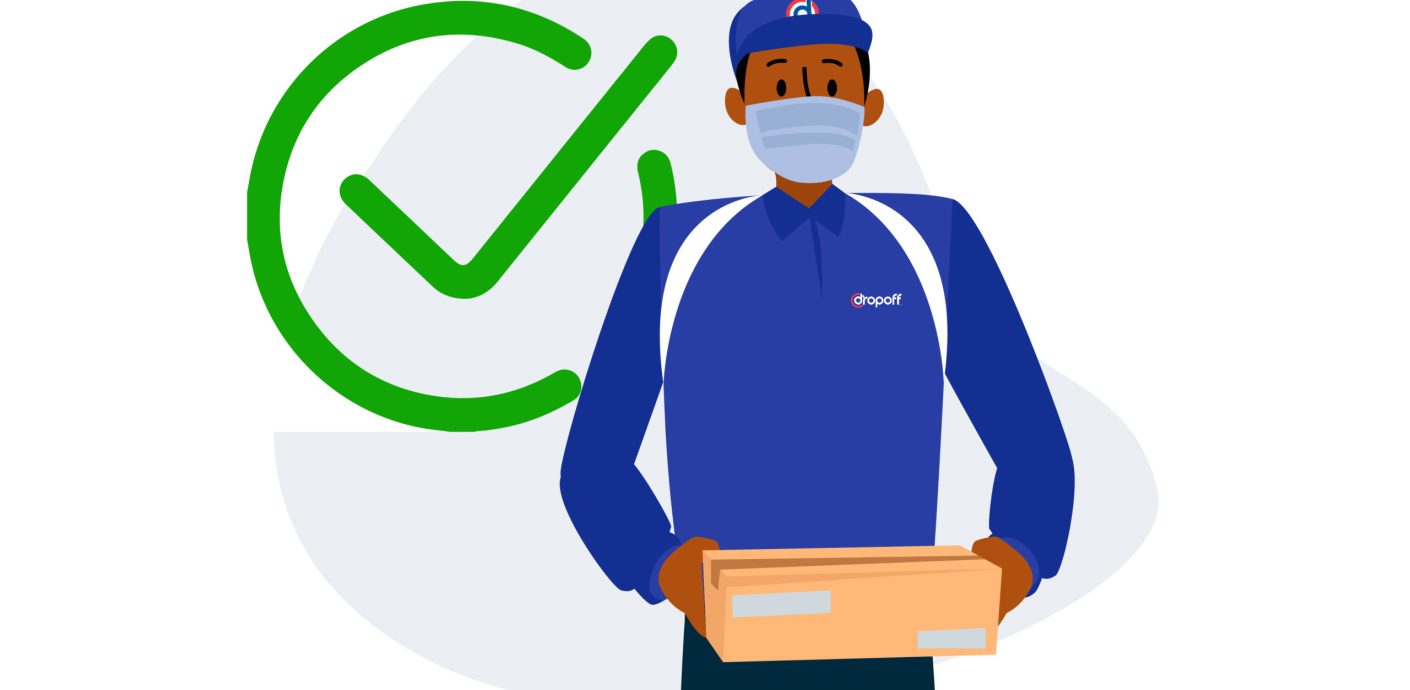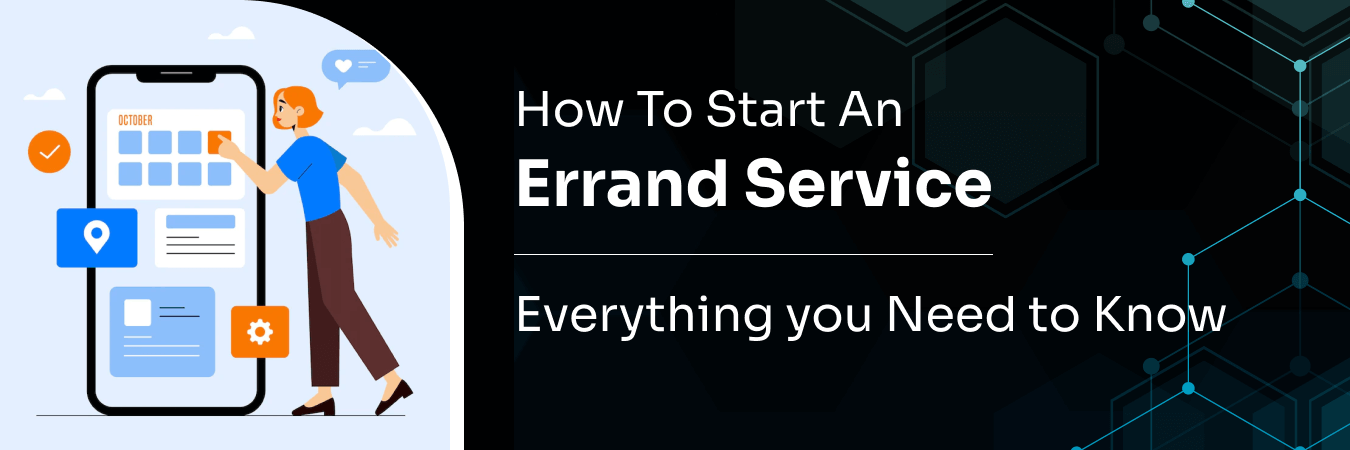The Philippines is home to 13% of the world’s virtual assistants (VAs), making it a key player in the global digital landscape. As the pace of business accelerates, leaders are continuously seeking innovative, efficient allies who can help them stay ahead of the curve. Virtual assistants have emerged as unsung heroes, quietly revolutionizing the modern work environment by tackling overwhelming responsibilities that, if left unchecked, could severely limit a company’s potential.
Picture a business environment where objectives and tasks align seamlessly, and every moment contributes to significant progress. This is the reality that virtual assistants bring to the table. They empower organizations to thrive, ensuring that time, money, and resources are optimized to their fullest potential. In today’s competitive world, such efficiency is no longer a luxury—it is a strategic necessity that can make all the difference in staying relevant and successful.
Now, imagine your business flourishing with this newfound control over your time, financial resources, and access to specialized expertise. This isn’t just an idealistic scenario; it’s an achievable goal. By embracing virtual assistance, you unlock the power to boost productivity, improve focus, and elevate overall business performance.
Join us as we explore the core benefits of virtual assistance and uncover why businesses worldwide are leveraging this powerful tool to achieve greater efficiency. Welcome to a transformative journey toward business excellence—where every decision is made with precision, and every action propels you closer to your goals.
10 Benefits of Virtual Assistance
Virtual assistance has become a cornerstone of modern business operations. By leveraging the skills of virtual assistants (VAs), companies can optimize processes, enhance productivity, and reduce costs. Let’s explore the top 10 benefits of virtual assistance and how it can revolutionize business operations for companies of all sizes.
1. Flexibility and Scalability
Companies experience ups and downs. Virtual assistants are flexible and can easily adjust to the ups and downs of your business. If you suddenly need more support during a busy period, VAs can scale up to meet those demands. It saves you the hassle of hiring and training new staff.
When demand spikes or workloads increase unexpectedly, virtual assistants can scale their efforts seamlessly, providing the extra support you need without the overhead costs and administrative hassle of hiring new staff
Example: During the holidays, Lorraine, an online store owner, saw increased consumer queries. She swiftly boosted customer service by using a virtual assistant, which guarantees her customers a seamless shopping experience.
2. Focus on Core Competencies
Entrepreneurs and executives often find themselves juggling a variety of tasks, from administrative duties to customer service. By outsourcing non-essential tasks to virtual assistants, businesses can concentrate on their core functions, ensuring that every action aligns with their strategic objectives.
Take, for instance, Nino, the CEO of a growing tech company. By delegating administrative tasks such as managing emails, scheduling meetings, and processing routine paperwork to his virtual assistant, he was able to focus more on high-level decision-making, networking, and building business strategies. This shift allowed Nino to make impactful decisions that drove the company’s expansion and success.
By focusing on what they do best, companies can drive growth and innovation without being bogged down by time-consuming tasks.
3. Improved Customer Service
Customer satisfaction is at the heart of any business, and virtual assistants play a key role in ensuring your customers are always heard and assisted. Virtual assistants can handle routine inquiries, provide essential information, and resolve customer issues, often resulting in faster response times and improved overall customer experience.
Janselle, who owns a service-based business, noticed a significant improvement in customer satisfaction after she integrated a virtual assistant into her customer service operations. The VA was able to address inquiries promptly, reducing response times and boosting customer loyalty. As a result, Janselle’s business saw an increase in repeat clients and a better reputation for customer care.
By ensuring your customers receive timely responses, virtual assistants help nurture long-lasting relationships that can ultimately lead to increased customer retention.
4. Innovation and Fresh Perspectives
Virtual assistants contribute a multitude of experiences and insights. Their exposure to various fields and responsibilities gives them a distinct perspective. Hiring virtual assistants brings fresh and innovative ideas to your company.
They can introduce you to new tools, strategies, and trends that may need to be noticed. It fosters a culture of continuous improvement and adaptability.
Example: Henry, a business owner, hired a virtual assistant with a background in digital marketing. The virtual assistant introduced new social media strategies and emerging trends, drawing in more customers and revitalizing the business’s online presence. The introduction of innovation led to a rise in brand awareness and interaction.
5. Enhanced Productivity
Virtual assistants can drastically improve productivity by streamlining tasks that would otherwise take up valuable time. Administrative duties such as answering emails, scheduling appointments, and managing calendars can be delegated to VAs, allowing business leaders to focus on tasks that drive growth and strategy.
Ron, a small business owner, hired a virtual assistant to manage his email inbox and appointment scheduling. As a result, he regained several hours each week, which he redirected towards business expansion efforts. Whether it’s meeting with clients, working on new projects, or brainstorming strategies, the extra time allowed Ron to focus on higher-priority tasks.
By offloading routine tasks to virtual assistants, businesses can achieve greater efficiency and maximize the time spent on strategic activities.
6. 24/7 Availability
In today’s globalized economy, businesses often operate across different time zones. Virtual assistants provide the ability to offer round-the-clock support, ensuring that clients and customers can access assistance regardless of when they need it. This 24/7 availability is particularly beneficial for businesses with international clientele or those operating in industries that require continuous support.
For example, Jonathan, who runs an online retail business, was able to provide 24/7 customer support by hiring a virtual assistant located in a different time zone. This ensured that customer queries were answered even during off-hours, leading to improved customer satisfaction and increased sales.
The ability to operate around the clock without adding the complexity of overnight shifts for in-house staff is a key benefit of virtual assistance.
7. Access to Specialized Skills
Virtual assistants come with a wide array of skills and expertise. Whether you need help with administrative work, marketing, design, bookkeeping, or customer service, you can find a VA with specialized experience to meet your needs. This access to skilled professionals without the cost of hiring full-time employees makes virtual assistants an invaluable resource for businesses.
Sam, the owner of a digital marketing agency, hired a virtual assistant with a background in graphic design. The VA was able to create stunning visuals for social media campaigns, saving Sam time and delivering high-quality content that helped elevate the agency’s online presence. By leveraging specialized expertise, Sam was able to improve the quality of his services and increase client satisfaction.
By hiring virtual assistants with niche skills, businesses can access top-tier talent without the need for long-term commitments or additional overhead.
8. Data Security and Confidentiality
Protecting sensitive information is a priority for any business. Virtual assistants are trained to implement strict security measures to protect client data and business information. Whether it’s personal details, financial records, or proprietary business strategies, VAs ensure that your data remains secure and confidential.
Paulo, a financial consultant, entrusted his virtual assistant with confidential client data. With the VA’s expertise in data protection protocols, Paulo was able to focus on client relationships and business development, knowing that the information was in safe hands. The peace of mind that comes with knowing your data is secure allows businesses to focus on growth without fear of breaches.
Virtual assistants offer reliable data security systems, making them a trusted partner for businesses that handle sensitive information.
9. Cost Savings
One of the most significant advantages of virtual assistants is the potential for cost savings. Hiring full-time employees comes with overhead costs such as benefits, office space, equipment, and training. Virtual assistants, on the other hand, work remotely and are typically hired on an as-needed basis, eliminating these extra costs.
Hanna, who owns a clothing line, initially struggled to manage administrative tasks on her own. By hiring a virtual assistant, she saved money that would have otherwise been spent on in-house staff or outsourced agencies. The VA took on routine tasks such as managing emails and processing orders, allowing Hanna to reinvest her savings into other areas of the business, such as marketing and product development.
The cost-effectiveness of virtual assistance allows businesses to allocate resources more efficiently, ultimately improving the bottom line.
10. Technology Integration
In the digital age, technology plays a crucial role in business success. Virtual assistants are well-versed in the latest tools and technologies, allowing them to seamlessly integrate new systems into your business operations. Whether it’s project management software, communication tools, or customer relationship management (CRM) systems, VAs can ensure that technology is leveraged for maximum efficiency.
Fred, an entrepreneur in the software industry, hired a virtual assistant who was proficient in project management tools. The VA helped streamline team collaboration, track progress, and ensure deadlines were met, ultimately increasing project efficiency and client satisfaction.
With their expertise in technology integration, virtual assistants can help businesses optimize their processes and ensure that they are utilizing the best available tools to stay competitive.
Errandables is Your Path to Virtual Excellence
Virtual assistants help businesses focus on their core duties and improve customer service. Their unique and innovative viewpoints boost development.
Imagine a day when your company grows strategically. Incorporating virtual assistance into your operations is the first step on this road.
Our team of skilled professionals and our proven track record will help us take your business to the top. Our virtual assistants are innovative and committed to your success.













